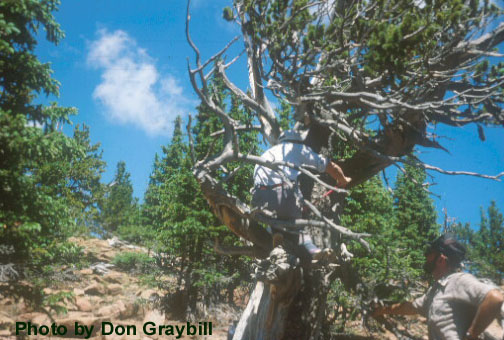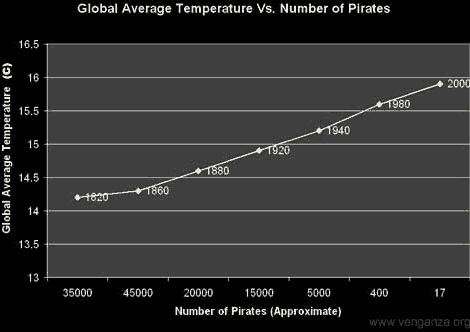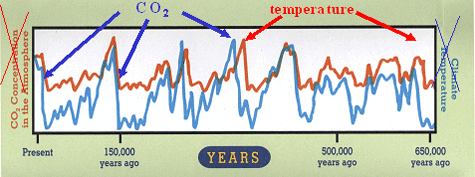There is nothing unique about the following, but I include it as an example of the unbelieveable exaggerations that are being bandied about concerning climate. I was doing some research on the Salton Sea for a post at Coyote Blog and ran accross this letter from the California Audobon Society. It says, in part:
Although there is uncertainty about what the precise impacts will be, there is no longer legitimate scientific disagreement about the fact that the climate is changing and that those changes will accelerate over the next century.
One of the classic rhetorical tricks is to say "it cannot be denied that" followed by two statements. The first statement will in fact be undeniable, setting up the reader to blindly accept the second, which is much more contentious. In this case, there is indeed no doubt that Climate is changing. Climate is always changing, else we would still have glaciers in Minnesota. However, it is far, far from given that the changes will "accelerate" in the next century. In fact, the relationship between CO2 and warming is in fact a diminishing return, making "acceleration" difficult in all but a looney universe dominated by positive feedbacks.
But the real whopper comes in the next paragraph:
According to recent analyses, California is projected to experience temperature increases of at least 4-8 degrees Fahrenheit (if global emissions are significantly curtailed) and more likely temperature increases of 9-18 degrees Fahrenheit (current emissions path) over the next centur
Really? First absolutely impossible to reconcile 9-18 degree F with the approximately 1F (0.6C) warming we have seen in the last century. CO2 rose 100ppm in the last century and produced 1F, but adding another 200ppm in the next century will produce 9-18F?? This implies an upward sloping curve that is exactly opposite of the relationship everyone agrees CO2 and warming have. 18F implies almost two degrees a decade, a huge number considering the warming over the last decade has been close to zero and no decade has had warming of more than about 0.3F. Further, I am sure the Sierra Club found someone who actually produced such a study, but the IPCC "consensus", which I think is exaggerated, calls for only about 4-6F increases in the next century. Five degrees F is probably bad enough, do they really have to outright exaggerate?





